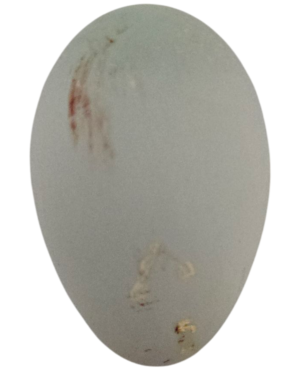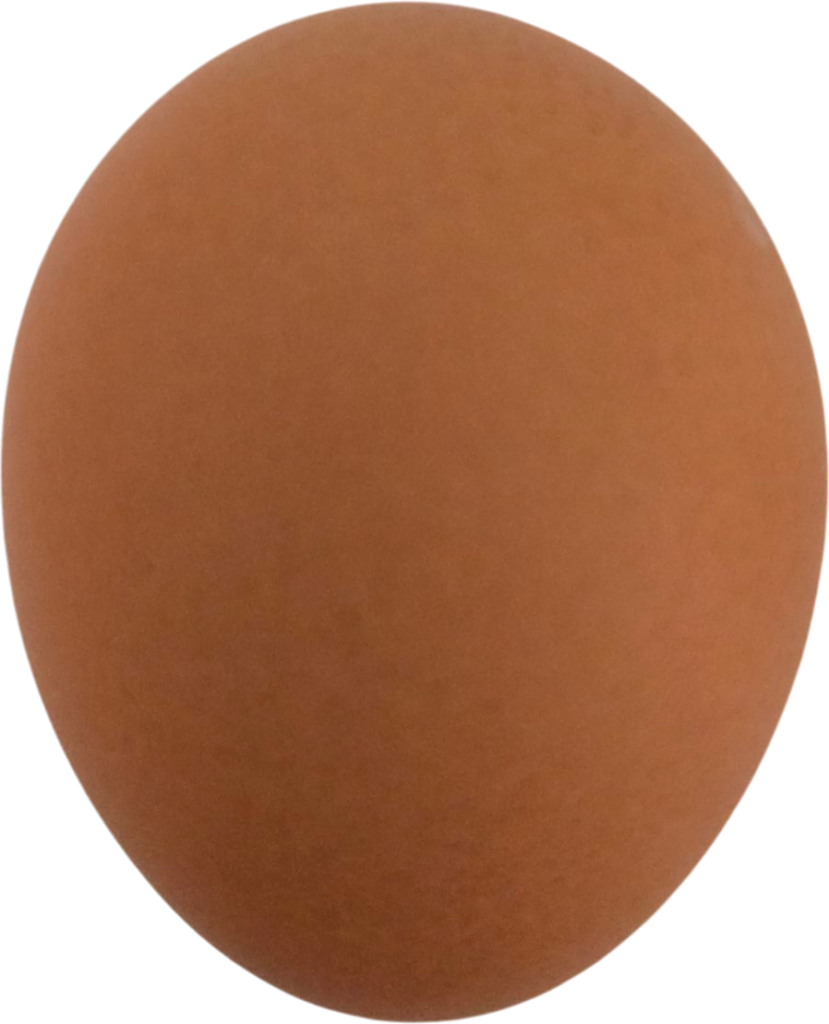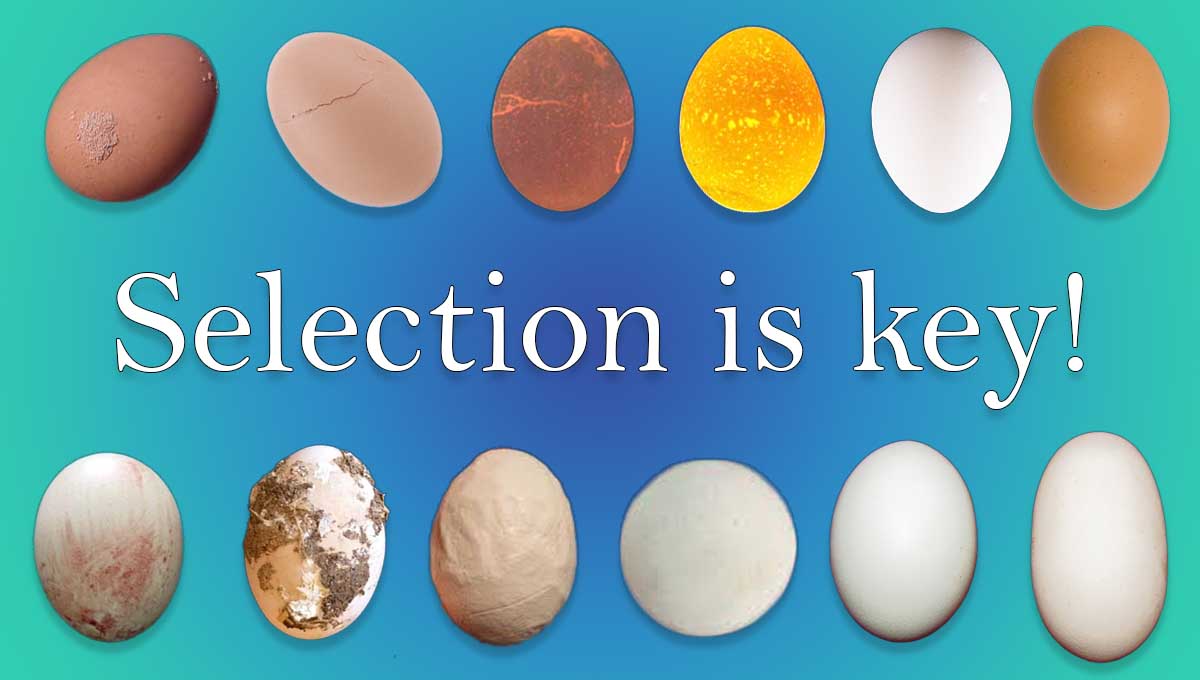Hatching eggs are an investment, and ensuring high hatch rates starts with selecting the right eggs to send to customers. Vendors must prioritize egg quality to provide buyers with the best chance of successfully incubating strong, healthy chicks. Below, we’ll discuss the characteristics of ideal hatching eggs, backed by scientific research and industry expertise from The Poultry Site. This post is going to focus on Chicken Hatching Eggs for now – but some of these steps will apply to general egg selection.
Characteristics of High-Quality Hatching Eggs
1. Clean and Contamination-Free Eggs

Dirty eggs should never be sent for hatching. Contaminated eggs increase the risk of bacterial infections such as Omphalitis, leading to poor hatch rates and weak chicks. Research supports that bacteria can penetrate the eggshell and infect the developing embryo, reducing hatchability (Barbour et al., 2021, Frontiers in Microbiology).
2. Crack-Free and Strong-Shelled Eggs
Eggs with cracks or thin shells should be excluded. Studies indicate that compromised shells lose moisture too quickly and allow pathogens to enter, which leads to increased embryonic mortality (Tona et al., 2004, Poultry Science). A strong eggshell provides the necessary protection during incubation.
3. Proper Egg Shape

A good egg to select for hatching should be a normal size for the breed, have a clean, undamaged shell, clearly defined pointed and blunt ends, and be free from any abnormalities in shape or texture.
Misshapen eggs, including elongated, round, or asymmetrical eggs, have lower hatchability rates. Research suggests that these abnormalities impact embryo positioning and hinder proper development (Nahm, 2011, Asian-Australasian Journal of Animal Sciences).
4. Standard Size Matters
Oversized eggs often contain double yolks, which rarely produce viable chicks. Undersized eggs tend to hatch smaller, weaker chicks with lower survival rates. Research confirms that medium-sized eggs (within breed-specific weight ranges) yield the highest hatchability rates (Narinc et al., 2014, Journal of Applied Poultry Research).
5. Proper Storage Before Shipping
Eggs should be stored at 55-65°F with a relative humidity of around 75% before shipping. Keep in mind that Prolonged storage (beyond 7 days) significantly reduces hatchability due to embryo cell degradation (Fasenko, 2007, World’s Poultry Science Journal). Proper handling ensures that eggs remain viable for customers. Temperatures below 40°F or above 85°F can negatively impact the fertility of eggs, especially if exposure is prolonged.
Best Practices for Vendors
- Test Fertility: By testing for fertility, you provide customers with viable eggs and help manage hatch rate expectations. This allows you to change birds, management, or diet before committing to a sale.
- Sort Eggs Carefully: Choose only clean, well-formed eggs that represent their breed.
- Store Eggs Correctly: Keep eggs at the correct temperature and humidity before shipping.
- Pack with Care: Use secure, shock-absorbing packaging to prevent cracks during transit.
- Ship Promptly: To ensure the highest hatchability rates, prioritize same-day or next-day shipping. Hatchability declines after day 7, so quick shipping is essential for successful hatching.
- Educate Customers: Provide guidance on proper incubation techniques to maximize hatch success.
By following these best practices and ensuring due diligence in every step, vendors can help prevent return requests. If eggs are handled correctly and customers are educated on realistic hatching rates, risks, and incubation practices, they will be less likely to find fault with the product, leading to fewer issues and higher customer satisfaction. Selling high-quality hatching eggs benefits both the buyer and seller, contributing to successful and sustainable poultry breeding. Time to start selling!
For further reading, check out The Poultry Site’s guide to egg quality and the cited refrences:
- Fasenko, G. M. (2007). “The effect of egg storage on hatchability and embryo development.” World’s Poultry Science Journal, 63(3), 505-513.
- Barbour, E. K., et al. (2021). “Bacterial contamination and its effect on hatching egg quality and hatchability.” Frontiers in Microbiology.
- Tona, K., et al. (2004). “Effect of eggshell quality on hatchability and embryonic mortality.” Poultry Science, 83(7), 1262-1267.
- Nahm, K. H. (2011). “Influence of egg shape and size on hatchability.” Asian-Australasian Journal of Animal Sciences, 24(1), 13-18.
- Narinc, D., et al. (2014). “Effect of egg size on hatchability in poultry.” Journal of Applied Poultry Research, 23(2), 176-180.



